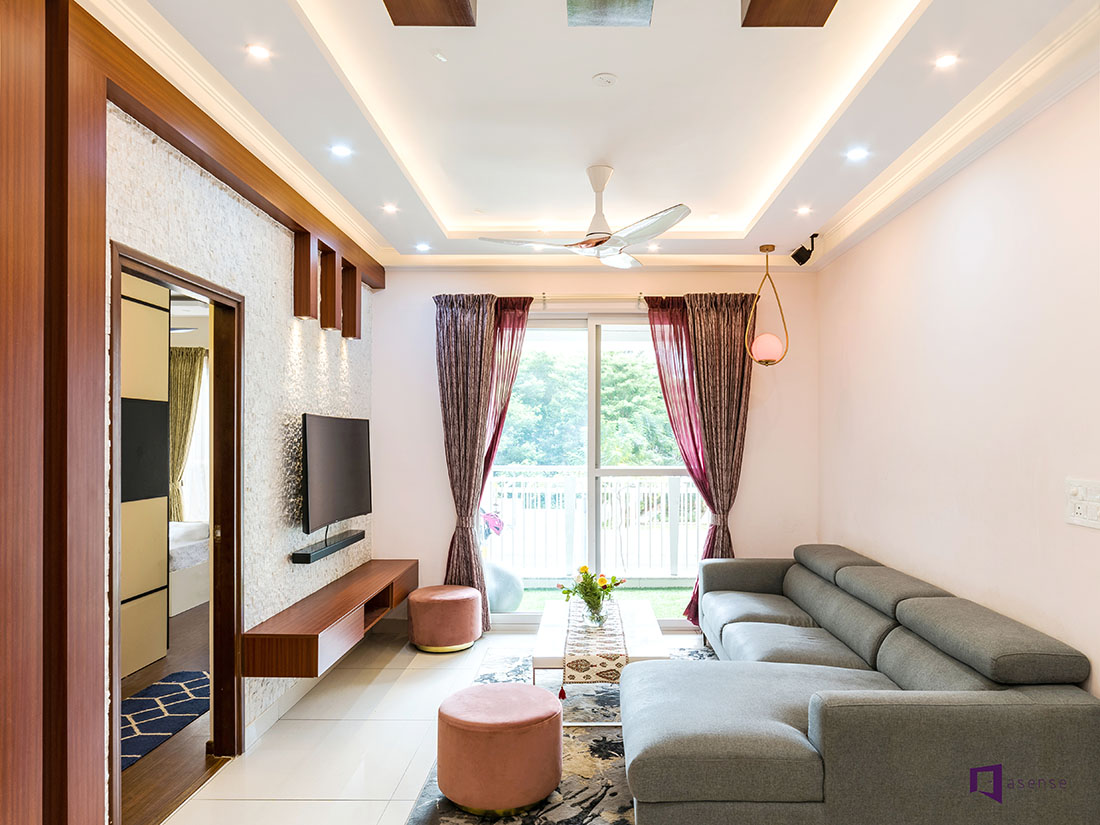Hire top miami interior design professionals for customized luxury spaces.
Hire top miami interior design professionals for customized luxury spaces.
Blog Article
Change Your Home With Crucial Concepts of Interior Decoration and Aesthetics
By understanding the influence of shade theory and the significance of appearance and patterns, one can produce spaces that are not just aesthetically appealing but additionally deeply personal. Achieving this stability includes even more than simple decoration; it incorporates a calculated arrangement and an eager understanding of how each component engages within a space.
Recognizing Color Concept
Understanding the principles of shade theory allows designers to develop spaces that resonate psychologically with residents while meeting functional demands. Each group plays an essential function in developing consistency within a space.
The mental effect of shades is extensive; warm shades such as reds and oranges evoke power and heat, while cool tones like blues and eco-friendlies advertise peace and peace. The use of complementary colors improves visual rate of interest, producing striking contrasts that can raise a space's allure.
Neutral shades, on the various other hand, act as a functional background, permitting various other layout components to beam. It is necessary to take into consideration factors such as lights and the area's objective when picking a shade scheme, as these can change the understanding of colors throughout the day.
Eventually, a well-considered color scheme can transform a room, cultivating a feeling of comfort and style that straightens with the citizens' choices. Proficiency of color theory is, therefore, a vital ability for any type of interior designer aiming to create harmonious and welcoming atmospheres.
Accomplishing Balance in Layout
How can developers achieve a feeling of equilibrium in their rooms? Achieving equilibrium in design is basic to creating unified interiors.
Unbalanced equilibrium, on the other hand, counts on differing components that still accomplish a natural look. This technique enables even more vibrant and informal plans, providing rate of interest while keeping balance. By meticulously selecting differing dimensions, colors, and structures, developers can create a visually engaging space that feels well balanced yet energised.
Radial balance highlights a main focal factor with elements radiating exterior. This design is typically seen in round formats, where furnishings and design produce a natural border that draws the eye inward.
Eventually, attaining equilibrium calls for thoughtful consideration of scale, proportion, and the connections in between aspects. Architecture Firm. By masterfully using these balance principles, designers can transform spaces into atmospheres that feel both visually pleasing and functionally harmonious, enhancing the overall experience for passengers
Relevance of Spatial Understanding

A keen sense of spatial awareness enables developers to determine prime focus within a room, assisting the visitor's focus to essential attributes while maintaining a general feeling of unity. It additionally helps in the calculated placement of illumination, which can considerably affect the understanding of area and state of mind. Moreover, recognizing spatial partnerships allows the designer Get the facts to deal with the specific demands of residents, ensuring that each area serves its desired function without compromising appearances.
Inevitably, spatial recognition is important for making the most of the possibility of any type of indoor space. By carefully taking into consideration the interplay between dimensions, format, and feature, designers can produce atmospheres that not only meet practical needs however also evoke a sense of comfort and charm, boosting the total living experience.
Integrating Structure and Patterns
Accepting a varied series of structures and patterns can dramatically boost the visual and responsive appeal of an indoor room. The strategic use numerous products-- such as timber, steel, material, and stone-- creates deepness and rate of interest, making an area feel extra welcoming and dynamic. Integrating smooth surface areas with rough appearances can establish an equilibrium that draws the eye and involves the senses.
When including patterns, think about both scale and repetition. Big patterns can function as focal factors, while smaller sized, refined designs can complement various other aspects without frustrating the room. Layering patterns, such as pairing flower cushions with striped throws, adds intricacy and a sense of consistency if executed attentively.
It is additionally important to keep a cohesive color palette, ensuring that appearances and patterns interact instead of contend for focus. By picking a few key appearances and patterns, you can create a combined aesthetic that mirrors your personal design while enhancing the total ambiance of the area. Ultimately, the mindful incorporation of these components can change a mundane room right into an innovative environment rich with personality and warmth.
Individualizing Your Space
Developing a room that shows your individuality is crucial to attaining a truly welcoming atmosphere. Customization in indoor style enables you to instill your unique style and passions right into your home, changing it from a plain sanctuary right into a sanctuary that talks to that you are. Begin by choosing a color scheme that resonates with your feelings-- Check Out Your URL vibrant tones can energize, while soft tones supply serenity.
Include art work and style that show your interests, whether it be travel, nature, or abstract concepts. Presenting individual collections, such as books, photographs, or mementos, can evoke cherished memories and create prime focus within an area. Furthermore, think about personalizing functional pieces, like upholstered furnishings, to straighten with your visual preferences.

Final Thought
To conclude, the transformation of a home with the essential principles of interior style and appearance necessitates a thorough understanding of color concept, balance, spatial awareness, structure, and customization. Each component contributes considerably to creating an unified and practical living atmosphere - Architecture Firm. By thoughtfully incorporating these concepts, individuals can boost the visual allure and emotional vibration of their rooms, eventually cultivating a home that reflects distinct identities while supplying comfort and practicality
Report this page